Navigating Risk When Disaster Strikes
Contingencies always keep managers on their toes. Here’s what that means today for industrial, according to Prologis and CBRE.
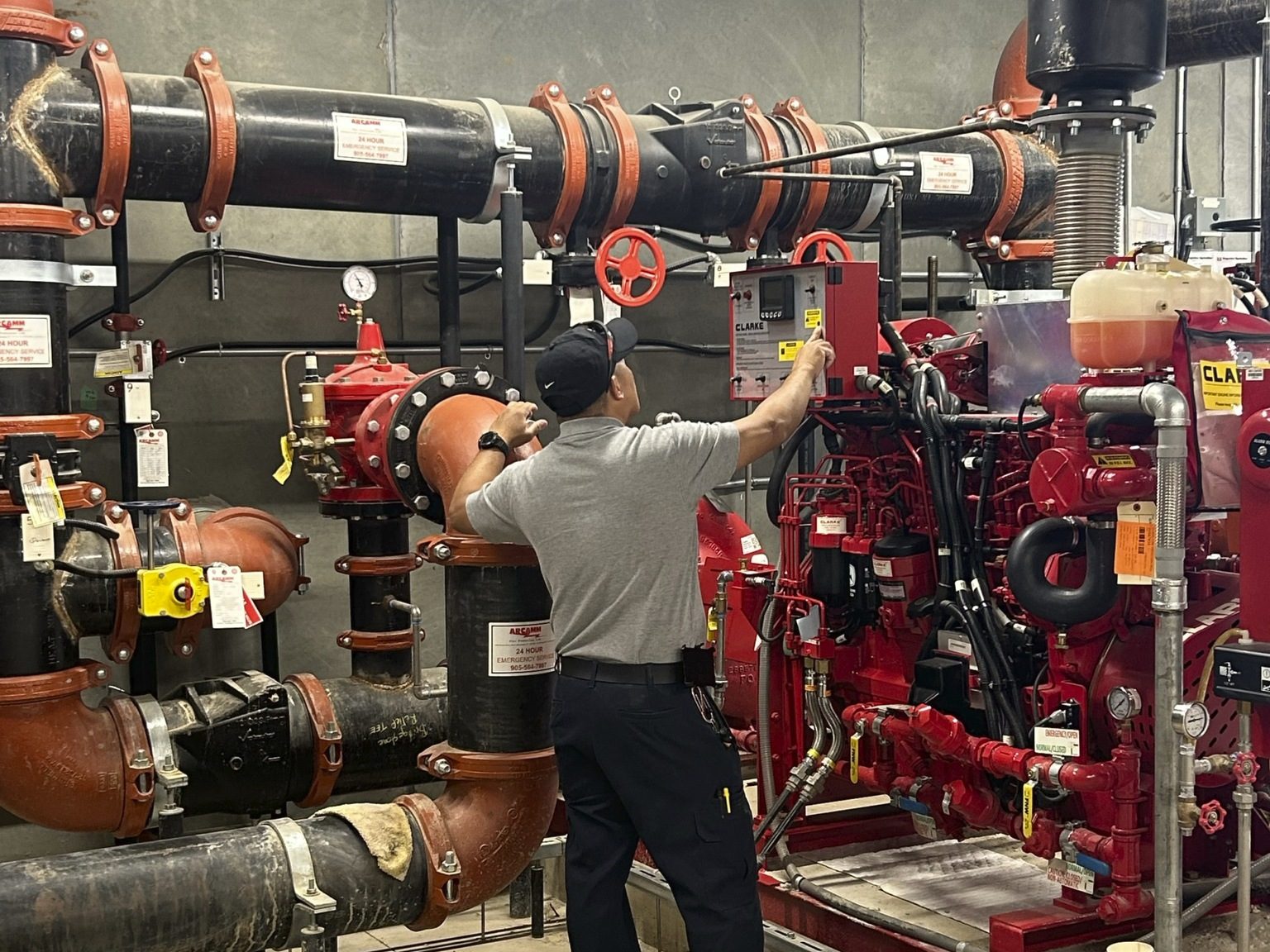
A recent report from the Marsh McLennan Agency shows that the number of billion-dollar disasters in the U.S. nearly tripled in the past decade, boosted by severe storms and flooding. Meanwhile, bad weather and increased usage are also putting more strain on America’s aging infrastructure.
To stay competitive, effective risk management, contingency planning and insurance strategies should come into play. This means many industrial owners and operators will need to adjust strategies.
Kate Rutherford, senior vice president at Prologis, is on the front lines of developing an effective risk management strategy. Based on her 20 years of experience, Rutherford has no illusions about what lies ahead: “Extreme weather events are totally out of our control. What we can control is our preparation and our response.”
READ ALSO: Rising Insurance Costs and the Power of Risk Management
For Rutherford, preparation starts at the construction and development phase. “We’re in a lot of markets, so we experience all the different disasters such as earthquakes, windstorms and floods. This requires a proactive approach, assessing natural hazards and climate exposures, making sure that properties are built to withstand potential disasters.”
Maintenance, monitoring matter
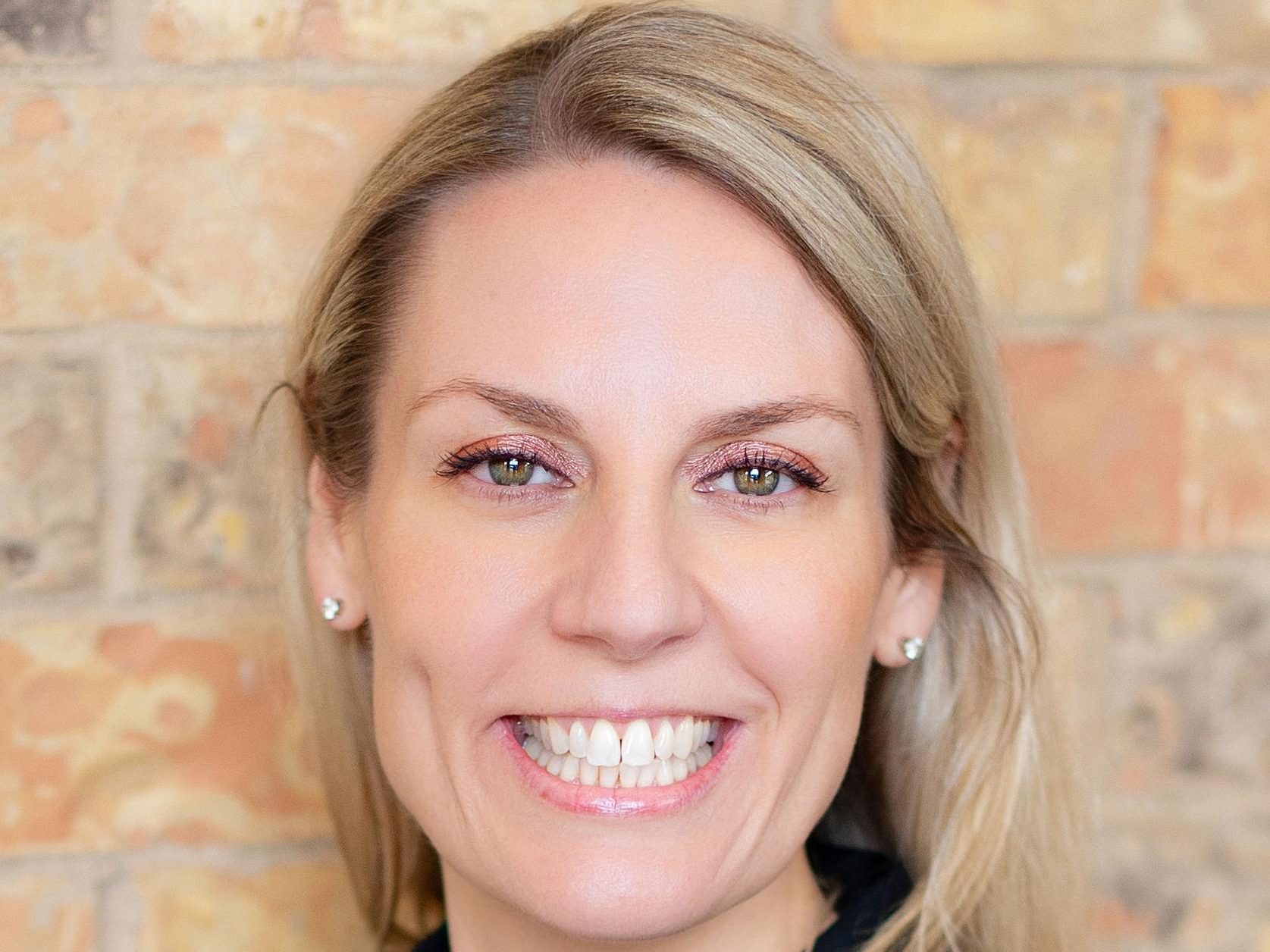
But preparation isn’t enough. Regular maintenance is also required. Rutherford highlighted how seemingly trivial things such as checking the status of roof drains can prevent damage by making sure water doesn’t accumulate on rooftops during heavy rainstorms. She also mentioned the importance of keeping nearby trees trimmed, which can keep tree branches and other wind-borne debris from damaging buildings.
Rutherford also stressed the importance of active monitoring. In January 2023, a series of tornadoes occurred with no warning in Atlanta. For Prologis, monitoring kept a natural disaster from becoming a human tragedy.
READ ALSO: How to Protect CRE From Wildfires
“We have fire alarm monitoring at all our buildings. A few minutes before the incident, our property manager received a waterflow alarm notice. The fire department was dispatched to evacuate the building, and everyone took shelter. The customer called us shortly thereafter and while there was some damage to the building, there were no fatalities. Those kinds of positive actions reduce negative impact,” she said.
Contingency comms is key
Rutherford also emphasized the importance of a data-driven approach to contingency planning. This starts with communication. To maintain accurate contact information and protocols, Prologis turns to Archipelago, a productivity software platform that pairs data management with interactive analytics.
The data-driven approach allows Prologis to:
- Maintain accurate contact lists.
- Know when storms alerts go out to customers and vendors.
- Determine an appropriate response based on the information available, such as stopping construction or evacuating facilities.
- Keep risk and leadership teams in the loop.
- Connect quickly with disaster recovery partners vendors, across the country and across the globe and track their performance over time.
Vendor relations are critical
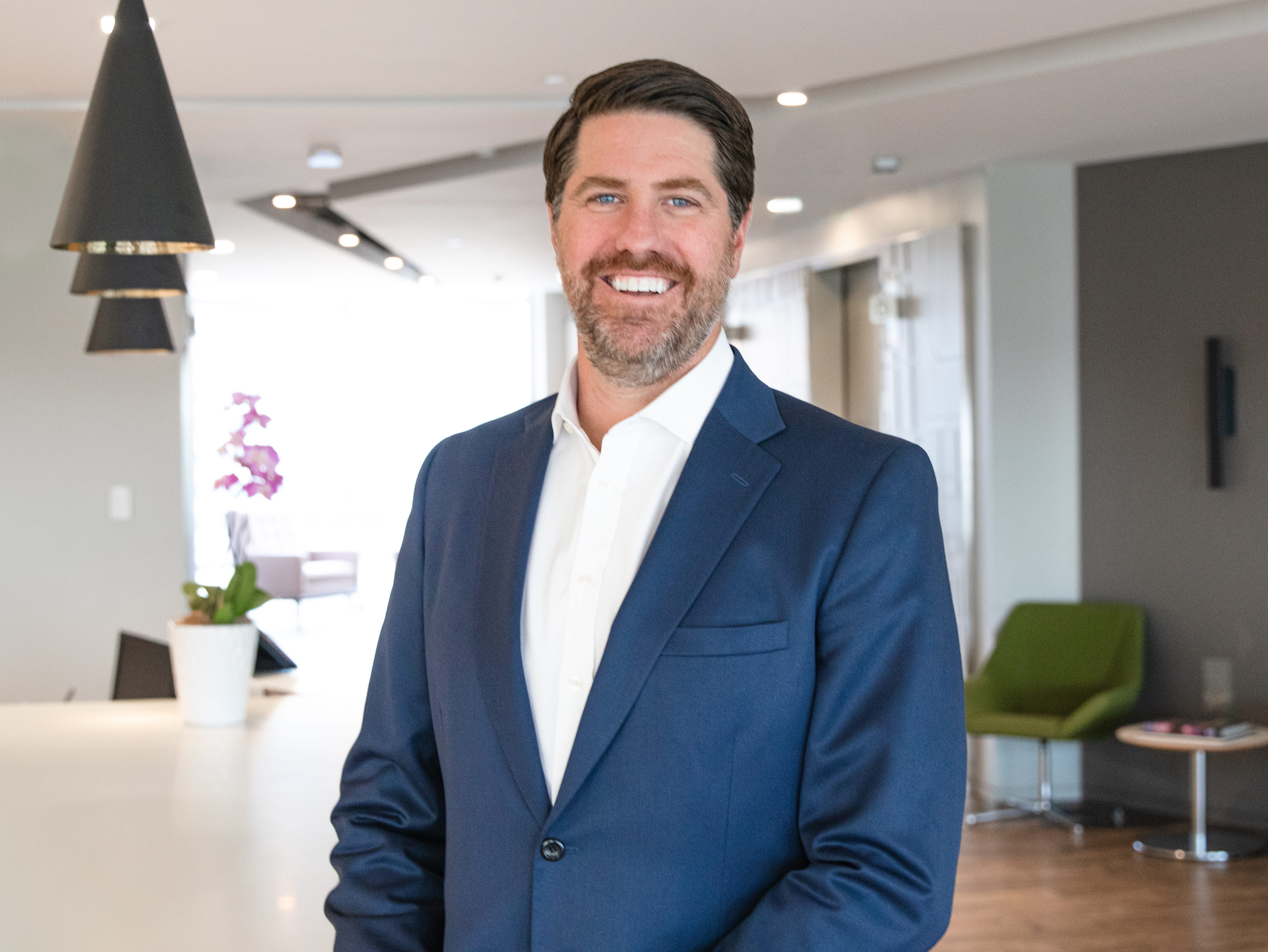
Preparation goes beyond facilities themselves. Having the right relationships in place before disaster hits is also critical. Not just to protect employes and customers, but also to maintain business continuity.
Toby Mink, CBRE executive vice president based out of Baltimore, helped lead the response when a container ship collided with the Francis Scott Key Bridge on March 26, 2024. The bridge collapsed, claiming the lives of motorists and construction workers, disrupted a major transportation route and blocked access to the port of Baltimore.
For operators working with CBRE, the harbor blockage could have also become a major business disruption.
Mink mentioned that many of the company’s commercial properties are industrial and warehouse, and are key entry points for regional and national fulfillment networks. When access to the port was shut down, clients had to find different paths because they couldn’t reach the inner harbor.
According to Mink, “it took about 30 days for the port to reopen, but because we had developed relationships with other ports and facilities in the region, our clients were able to redirect their traffic and avoid a major business disruption. If we hadn’t had those relationships in place, a lot of businesses probably wouldn’t have survived.”
Resilience today benefits tomorrow
With increasing industry losses brought by more frequent and severe natural hazards, owners and/or operators are likely to see increased prices and greater limits on the breadth of available insurance coverage. The Marsh McLennan report shows that as many as 68 percent of commercial properties are underinsured by 25 percent or more—and 19 percent are underinsured by 100 percent.

But Jeff Bray, head of global risk management for Prologis, as well as risk manager in residence at Florida State University’s College of Business, makes it clear that resilience and better risk management practices are the smarter option overall.
As Bray put it, “Although most insurance companies do not have a formal method for considering resilience in their underwriting today, the steps we take to prepare for and mitigate potential losses will be a differentiator for insurance buyers in the future.”
As insurers scrutinize risk management strategies when weighing their own risk, the owner/operator who has built resilience and risk management into their plans at the start will be better positioned.
All said and done, having a good risk management strategy is about more than dollars and cents. It also helps create a company culture of caring. In a tight labor market, this can help employers find and retain the talent they need to grow and stay competitive.
Here’s Mink’s example: “We were building a facility in Indianapolis, and we put in a tornado shelter. The landlord challenged us that not a lot of people were doing these, but we had recently seen a warehouse in the area that had been cut in half by a tornado. Hopefully, that room is never used. It could be a storage room for the next 20 years. But if I’m an employee there and I know I’m in an area where tornadoes are present, I think it’s nice to know that somebody has thought ahead about my safety.”


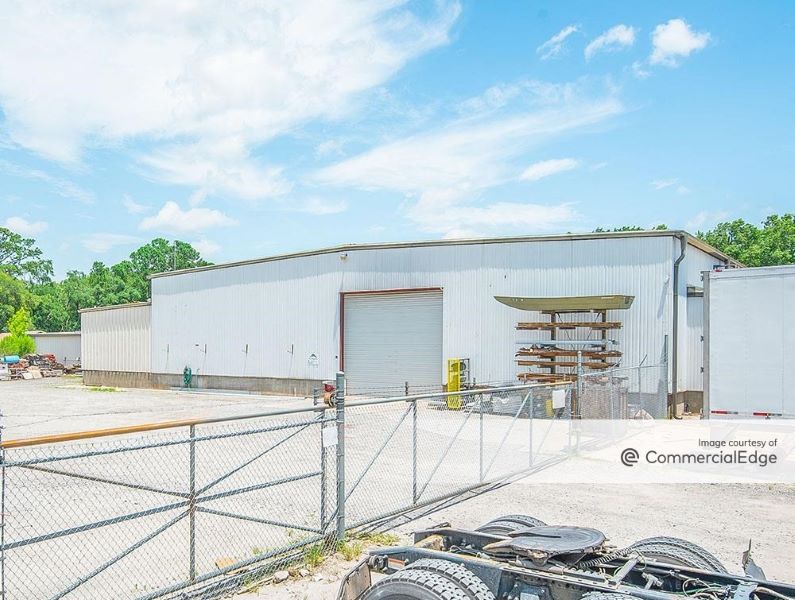
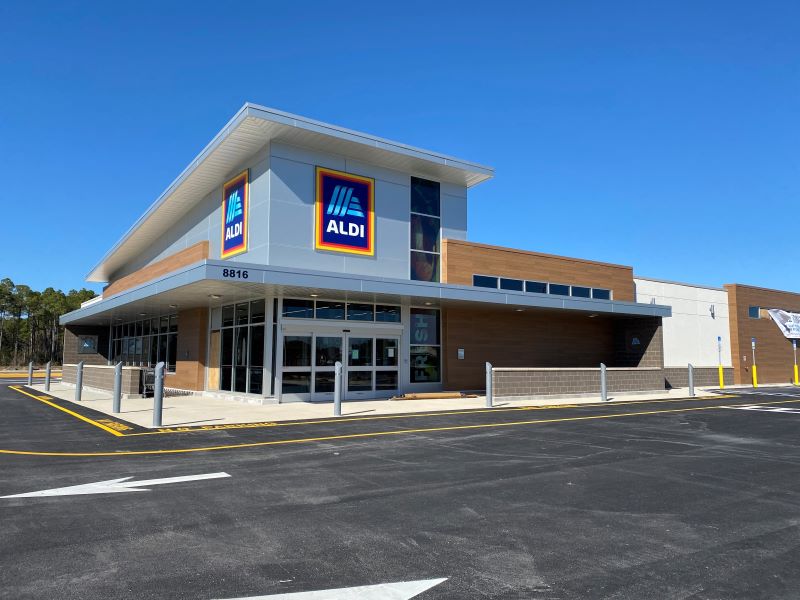
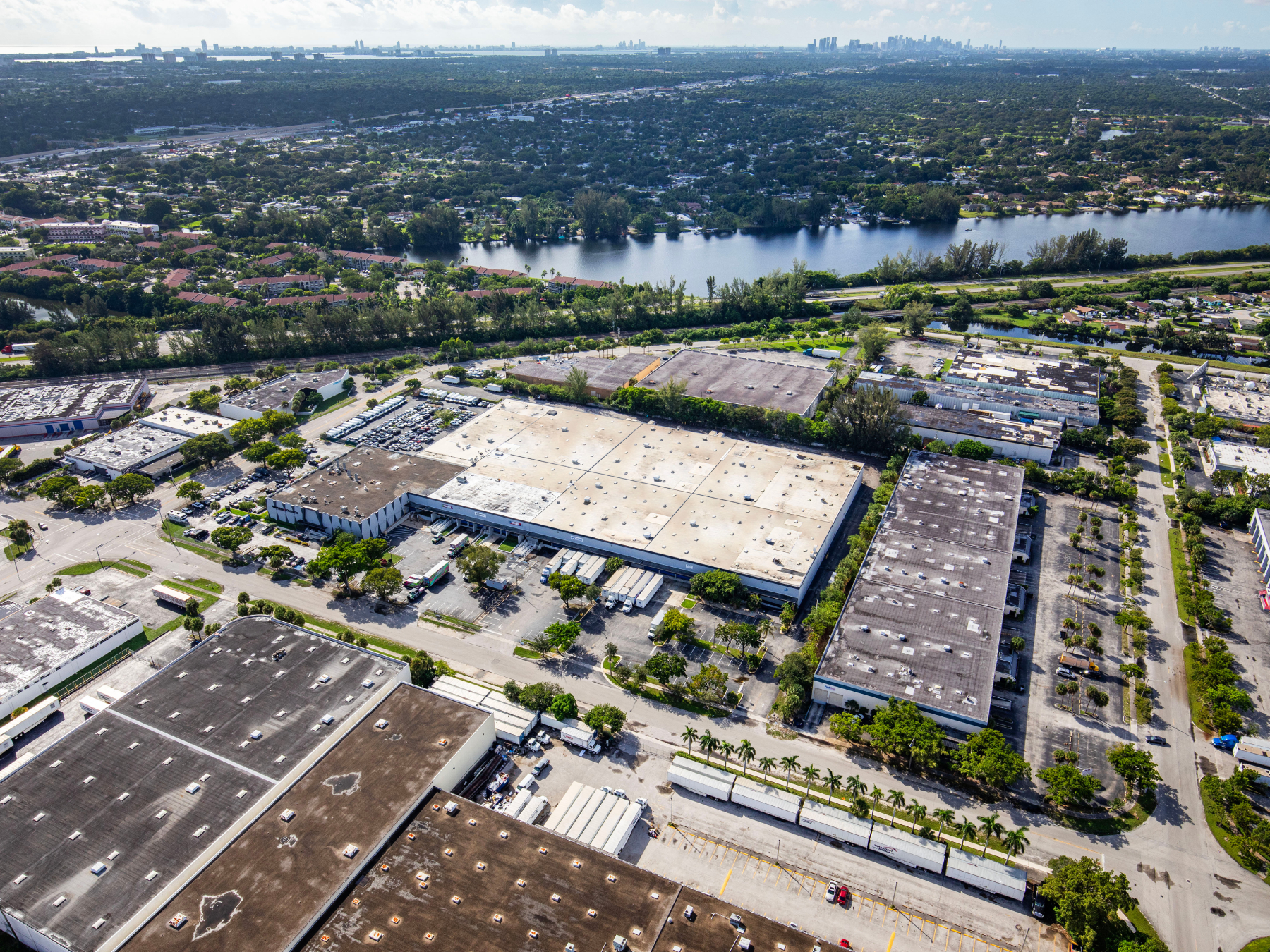

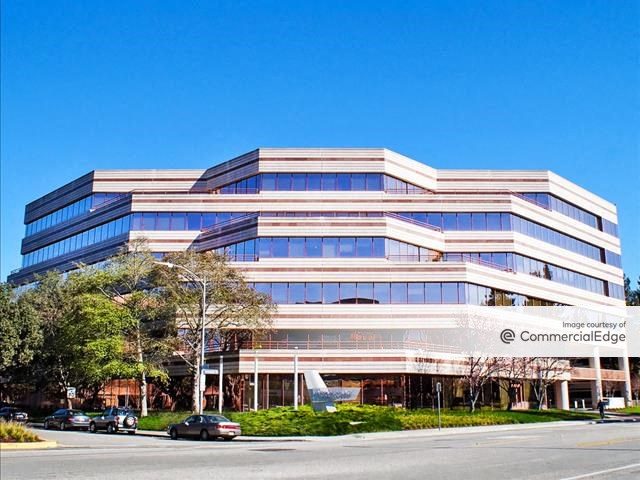
You must be logged in to post a comment.